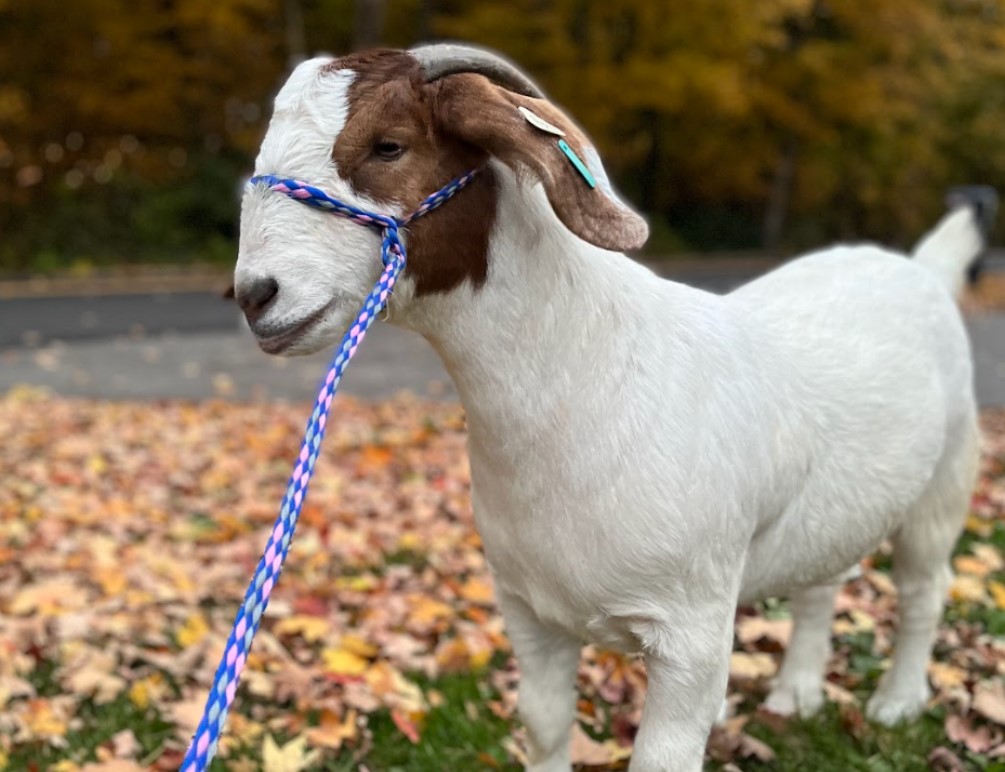Boer goats are renowned worldwide for their rapid growth, excellent meat quality, and adaptability to various environments. Successful Boer Goat Breeding requires careful attention to multiple aspects of management, from nutrition and housing to health care and selective breeding practices. Implementing systematic management strategies not only enhances productivity but also ensures the long-term sustainability of the herd. This article explores essential practices that every breeder should incorporate for optimal Boer Goat Breeding results.
Understanding the Basics of Boer Goat Breeding
Before diving into advanced management strategies, it is crucial to understand the fundamentals of Boer Goat Breeding. Boer goats originate from South Africa and are prized primarily for meat production. Their genetic traits, such as high fertility, fast growth rate, and resistance to harsh conditions, make them suitable for both small-scale and commercial operations. Breeding success begins with knowledge of the herd’s lineage, reproductive cycles, and overall herd health.
Selecting Superior Breeding Stock
The cornerstone of effective Boer Goat Breeding is selecting superior breeding stock. Healthy does and bucks with desirable traits such as strong musculature, good conformation, and disease resistance are critical for producing high-quality offspring. When selecting breeding stock, consider the following factors:
- Genetic Potential: Evaluate the lineage to ensure strong traits are passed to future generations.
- Physical Conformation: Look for well-formed bodies, strong legs, and uniform coat quality.
- Reproductive Performance: Choose animals with proven fertility rates and consistent kidding history.
Investing in superior stock may cost more initially, but it pays off through healthier offspring and higher market value.
Nutrition Management in Boer Goat Breeding
Nutrition plays a pivotal role in Boer Goat Breeding management. Proper feeding directly impacts growth rates, reproductive performance, and overall herd health. A balanced diet should include energy, protein, vitamins, and minerals. Key considerations include:
- Forage Quality: Fresh pastures and high-quality hay should form the bulk of the diet. Legumes like alfalfa are excellent for protein supplementation.
- Concentrates: Grains such as corn, barley, and soybean meal can enhance growth and milk production.
- Mineral Supplements: Essential minerals like calcium, phosphorus, and selenium prevent deficiencies and reproductive complications.
- Water Availability: Goats require constant access to clean, fresh water for optimal metabolism and milk production.
Adjusting the diet according to age, reproductive stage, and health status is critical for maximizing Boer Goat Breeding success.
Housing and Farm Management
Proper housing and farm layout are crucial in preventing disease outbreaks and promoting herd comfort in Boer Goat Breeding operations. Goats are naturally hardy animals, but poorly managed housing can lead to stress, illness, and reduced productivity. Effective housing practices include:
- Adequate Space: Provide sufficient space for feeding, resting, and movement to reduce overcrowding.
- Ventilation: Proper airflow prevents respiratory diseases and keeps the environment dry.
- Cleanliness: Regularly remove waste and maintain clean bedding to minimize the risk of infections.
- Fencing: Secure fencing prevents escapes and protects goats from predators.
Strategically planning housing and pasture rotation also ensures that forage is used efficiently and disease pressure remains low.
Health Management in Boer Goat Breeding
A healthy herd is the backbone of successful Boer Goat Breeding. Disease prevention and regular health monitoring reduce mortality rates and improve productivity. Key health management practices include:
- Vaccination Programs: Administer vaccines against common diseases such as clostridial infections and goat pox.
- Parasite Control: Implement deworming schedules and pasture management to control internal and external parasites.
- Routine Check-Ups: Regular veterinary examinations help identify and treat health issues early.
- Biosecurity Measures: Restrict visitor access, quarantine new animals, and sanitize equipment to prevent disease introduction.
Monitoring body condition scores and observing behavior changes can also alert breeders to potential health issues before they escalate.
Breeding Management Practices
Effective Boer Goat Breeding requires careful planning of reproductive strategies. Implementing controlled breeding programs ensures genetic improvement and herd productivity. Key strategies include:
- Controlled Mating: Use controlled breeding to match superior bucks with high-quality does, improving offspring quality.
- Estrus Synchronization: Synchronizing heat cycles can enhance reproductive efficiency and allow for scheduled kidding.
- Artificial Insemination (AI): AI can introduce superior genetics without transporting animals, expanding breeding options.
- Record Keeping: Maintain detailed records of breeding dates, kidding history, and progeny performance to guide future decisions.
Consistent breeding management ensures predictable kidding seasons and maximizes herd growth potential.
Kidding and Kid Management
Successful Boer Goat Breeding extends beyond conception to proper management of kids. Neonatal care is critical for survival rates and long-term herd productivity. Essential practices include:
- Assisted Kidding: Monitor does closely during parturition to assist when necessary and prevent complications.
- Colostrum Feeding: Ensure newborns receive adequate colostrum within the first 24 hours for immunity.
- Weaning: Gradually transition kids to solid feed while maintaining adequate nutrition.
- Health Monitoring: Regularly check for signs of illness, and vaccinate and deworm kids as per veterinary guidance.
Early-life care strongly influences growth rates, health, and the overall success of Boer Goat Breeding programs.
Record Keeping and Performance Monitoring
Maintaining detailed records is a hallmark of professional Boer Goat Breeding management. Accurate records enable breeders to track genetic progress, monitor herd health, and make informed decisions. Important aspects of record keeping include:
- Breeding Records: Document mating dates, buck used, and outcomes for each doe.
- Health Records: Track vaccinations, treatments, and disease occurrences.
- Growth Performance: Record weights and growth rates of kids for selection of future breeding stock.
- Economic Records: Monitor costs, revenue, and profitability to optimize farm management.
Digital tools and farm management software can simplify record-keeping and improve overall efficiency.
Environmental and Pasture Management
Sustainable Boer Goat Breeding requires attention to the environment and pasture management. Overgrazing and poor land management can compromise herd health and long-term farm productivity. Strategies include:
- Rotational Grazing: Move goats between pastures to maintain forage quality and reduce parasite loads.
- Soil Fertility Management: Apply organic or chemical fertilizers appropriately to sustain pasture productivity.
- Shade and Shelter: Provide natural or constructed shelters to protect goats from extreme weather conditions.
- Water Management: Ensure adequate water sources and manage runoff to prevent pasture degradation.
A well-managed environment enhances feed availability, reduces disease risks, and promotes overall herd well-being.
Conclusion
Effective Boer Goat Breeding management encompasses a comprehensive approach that combines superior genetics, proper nutrition, health care, housing, and environmental management. By implementing these essential practices, breeders can improve herd productivity, reduce losses, and ensure sustainable operations. Success in Boer Goat Breeding is achieved not just through passion but through careful planning, diligent monitoring, and consistent attention to herd needs. Adopting these practices will empower breeders to maximize the full potential of their goats, secure profitable operations, and contribute to the growth of the meat goat industry globally.










